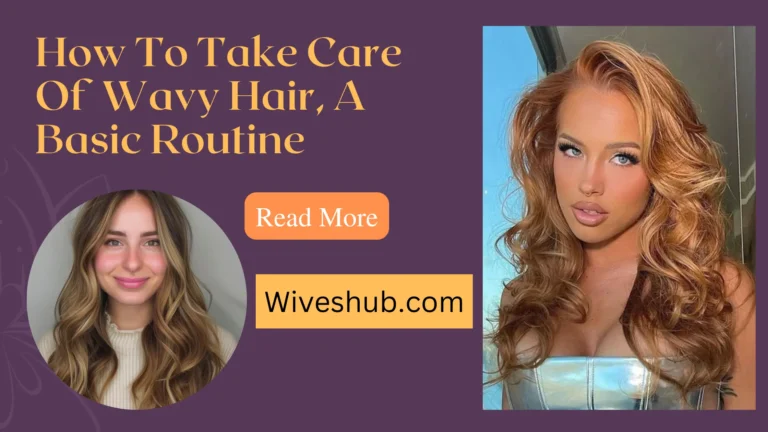I love simplicity, especially when the weather warms up. Finding products and routines that are gentle on my hair and improve its health has been a game changer. Over the past year, I have been exploring how to care for my naturally wavy hair and have learned so much about what works best for me. It is funny how I did not realize I had wavy hair until last summer, at 32.
I used to do all these things to my hair without giving it a chance to be itself. I enjoy styling it for special occasions, but I also love a low-maintenance routine that keeps my natural hair healthy. Some days, blow-drying and curling feel great, but most days, I prefer just washing and letting it be.
Wavy hair is actually a type of curly hair. Our hair deserves a care routine to look its best. The Curly method works wonders for wavy hair, just like it does for curlier types. Here are some simple guidelines to keep your wavy hair happy and healthy. Keep in mind that your hair behavior depends on factors like porosity, thickness, and weather, so use this routine as a starting point and adjust as needed for your hair.
Few Things You Need To Know
What is your aim with your wavy hair? Faster routine? A way to not use heat tools on your hair? Or maybe you want to discover the best way to make your waves shine? From what I have seen, there are two main goals people have. We will discuss it later.
Wash Your Hair
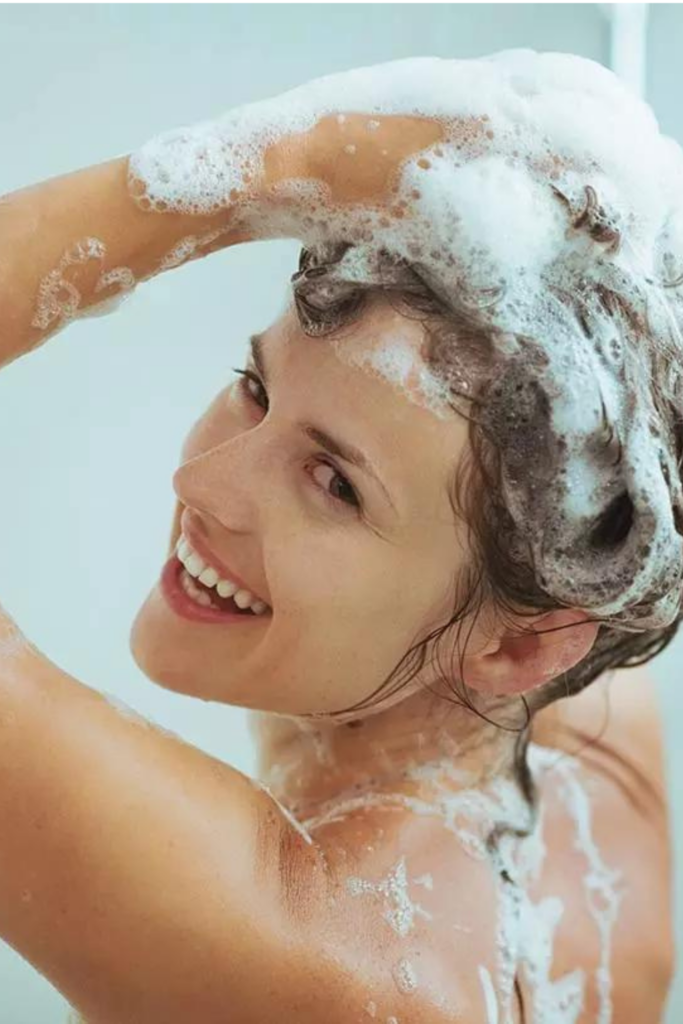
One of the principles of my method is that hair with texture requires more moisture than hair that is completely straight. Unfortunately, however, the shampoos we have all grown accustomed to using every wash remove your hair natural moisture and leave it dull and dry.
Start your wavy hair care journey by cutting out shampoo from your routine, at least for the time being. Instead of shampoo, you will be using a friendly silicone-free-conditioner to cleanse your hair. If you find your hair is too greasy after about a month of this routine, try a switching to a low-poo routine with a sulfate-free shampoo.
Detangling Your Hair
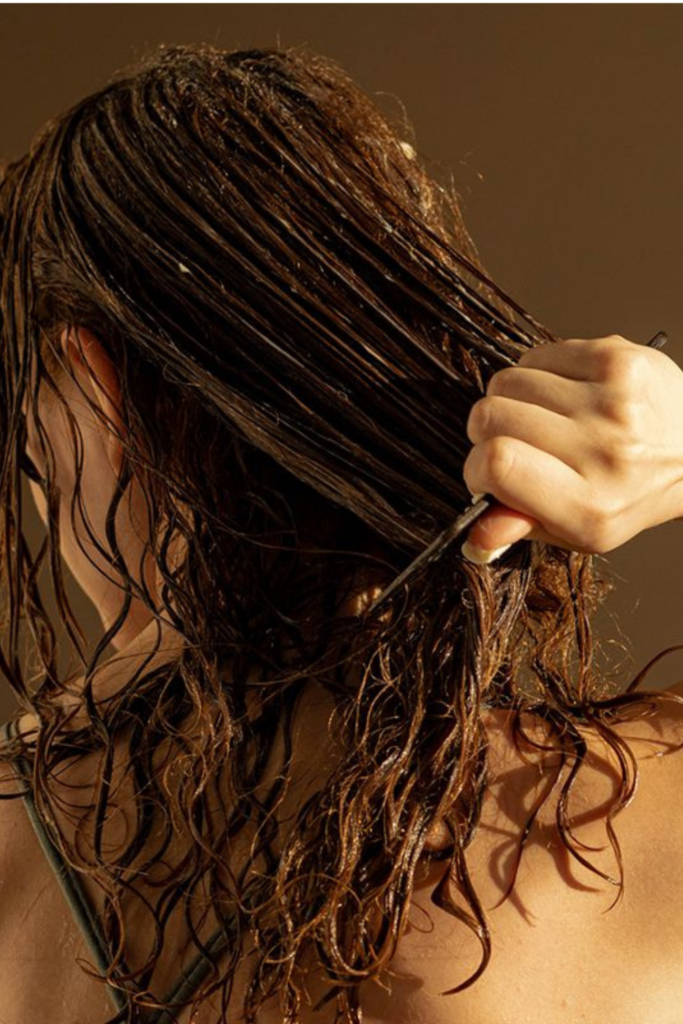
Detangling wavy hair is different from straight hair. The first rule is no use of brushes. Second, detangle only in the shower, with lots of conditioner. Wet your hair, apply conditioner Richly, then use your fingers or a wide-tooth comb to gently remove knots. Be gentle with your hair and do not use force, as this could cause your hair to break.
Conditioning Your Hair
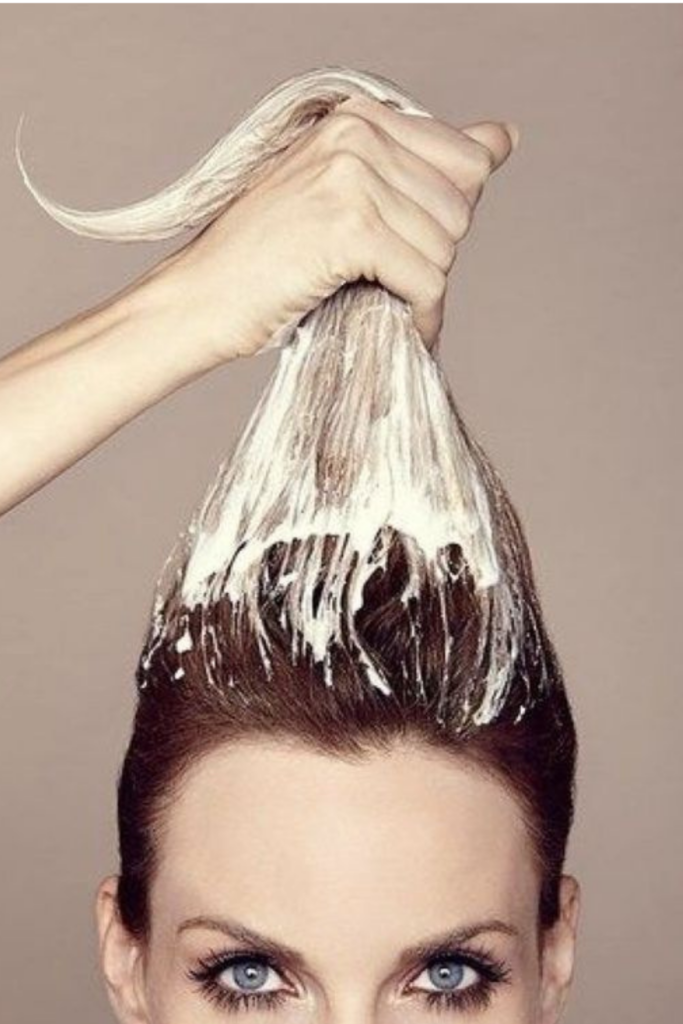
If you are using a CG-friendly conditioner, you can make it work better with squish to condish. This method helps the conditioner penetrate deep within the hair keeping your waves moisturized and bouncy.
Moisturizing Your Hair

Conditioning is important, but for truly healthy hair, you need extra moisture. If your hair is frizzy or dull, add a silicone-free hair mask to your routine once a week. Adjust the frequency as needed. If your hair is damaged or highly porous, consider using protein-rich products alongside these masks to help retain moisture better.
Styling Your Hair
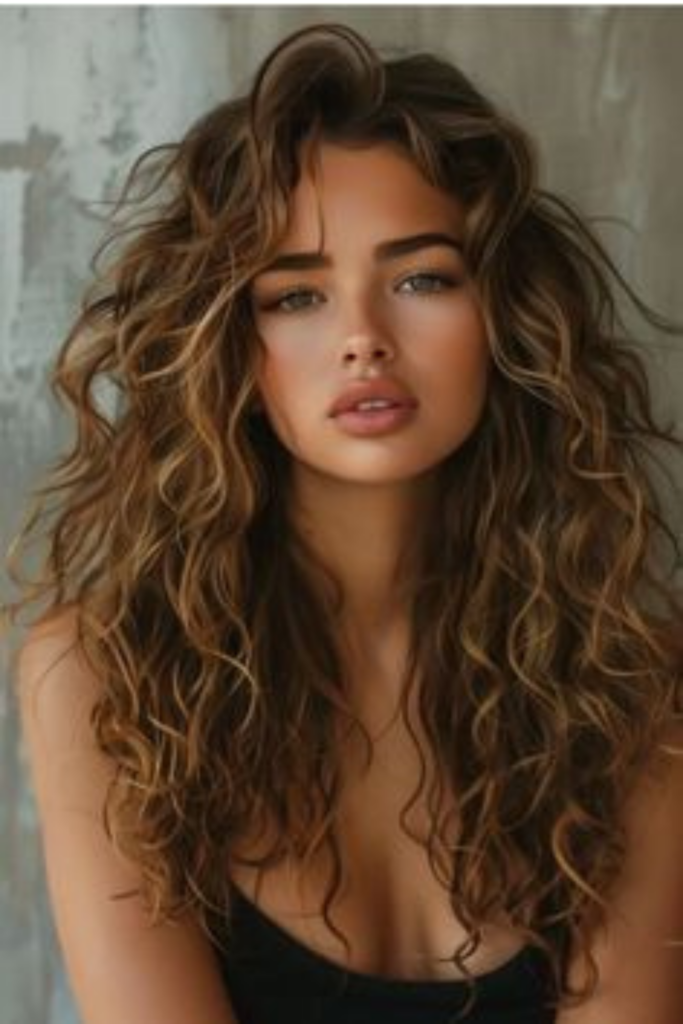
We stopped using shampoos and sulfates and also said goodbye to silicones in styling products. Why? Because sulfates were the only way to wash away silicones, and without them, silicones build up in your hair. Many products sneak in silicones, so keep an eye out.
To check if a product is CG-friendly, use a website. CG-friendly products are good to go for wavy hair, especially lightweight ones like mousses or light gels. For best results, apply to wet hair and let it dry with the product on.
Dry Your Hair
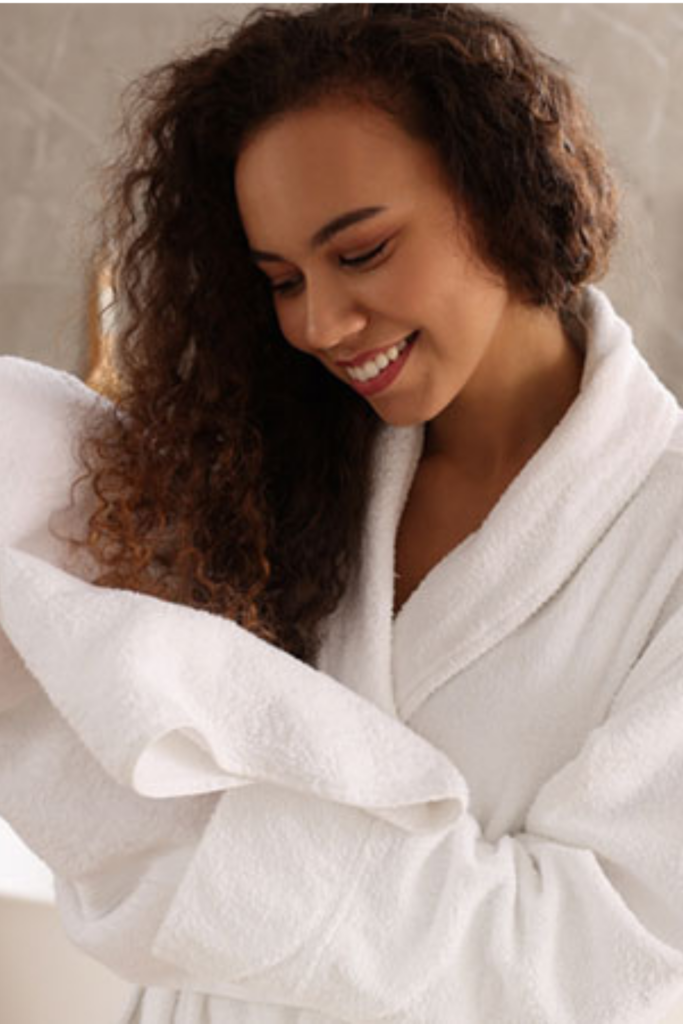
After washing your hair, you can dry it in two ways. Air drying or diffusing. Air drying takes time but keeps volume in check. Diffusing is faster and adds volume. Which ever you choose, start with a plop to gently dry your hair without frizz or tangles. Use a microfiber towel or cotton tee for this.
Protect Your Hair

Finally, your wavy hair needs to be treated with care and protected from anything that can cause frizz, tangles, and other harm. Avoid frizz altogether by using a silk pillowcase or bonnet to protect your hair while you sleep. If you want to straighten or curl your hair, be very careful of heat damage and use a CG-friendly heat protectant. Heat damage is serious, and is a surefire way to flatten your waves out for good, or at least until you grow fresh ones back.
Now, let’s talk about the two main things we mentioned before
Simple Routine Low Maintenance Wavy Hair
Trying to get the best possible curl and style out of your natural textured hair
It is important not to mix up these two approaches they are totally different paths. With so much info out there, decide how much effort you want to put in. These four steps will help you embrace your hair without diving deep into the Curly Method.
Last summer, I got caught up in it, buying tons of products and feeling frustrated. It was too complicated. I just want low-maintenance hair without stressing over perfect curls or lots of steps with tons of products.
Facts
This is just a quick peek into natural hair care. If you are new to it, you might want more details. Take it easy and start .
Hair Types:
Hair can be wavy (Type 2), curly (Type 3), or coily (Type 4).
Hair Density:
This is about how much hair you have. It helps you choose the right products. Less dense hair needs lighter products, while denser hair can handle heavier ones.
Hair Porosity:
This is how your hair holds moisture. There are three types.
- High Porosity: Absorbs water quickly, tangles easily, dries fast. Often for wavy and curly hair.
- Low Porosity: Repels water, dries slowly.
- Medium Porosity: Right in the middle.
Conclusion
In conclusion, mastering a basic care routine for wavy hair can make a noticeable difference in its health and appearance. By incorporating gentle techniques like detangling and moisturizing, while also adapting your routine as necessary, you can ensure your waves look their best with minimal effort.
